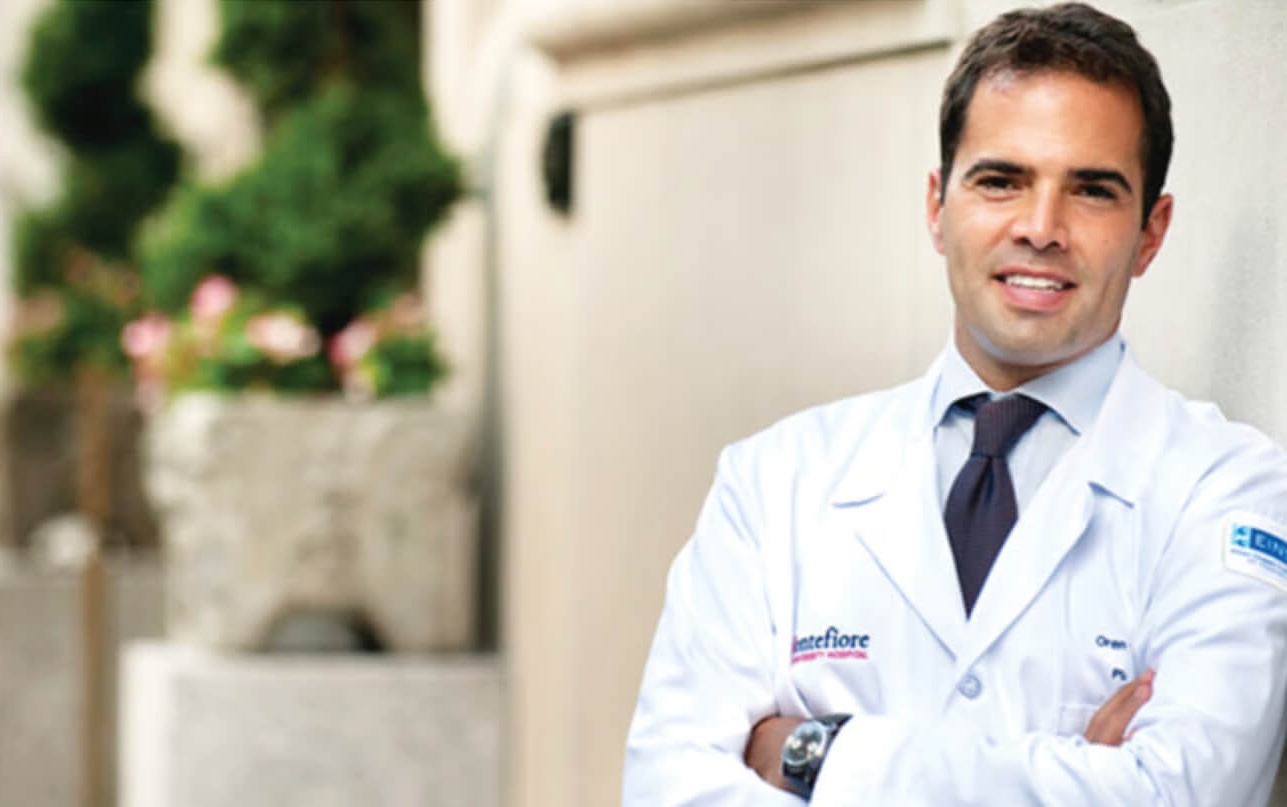Plastic Surgeons Answer Your Questions: Part 2
Ever wondered what the real difference is between a lip flip and a lip lift? Here are all of your plastic surgery questions answered.

Two weeks ago, Dr. Evan Garfein (Chief of Plastic Surgery at Montefiore Medical Center in NYC and my brother!) answered some of your burning questions in Today’s Ajenda.
Today, it’s his business partner, Dr. Oren Tepper's turn. Co-founder of Greenwich Street Aesthetics, Dr. Tepper is one of the world’s leading plastic surgeons in cosmetic and reconstructive surgery.
Here are your questions:
What’s the difference between a lip lift and a lip ‘flip’?
A lip flip is a non-surgical procedure in which the muscles of the upper lip are injected with neuromodulators (e.g., Botox). This gives it a slightly more turned-up appearance to the upper edge of the red part of the lip (known as the vermilion) for fuller, more defined lips.
A lip lift, on the other hand, is a surgical procedure that elevates the upper lip. The most common type is a "central lip lift,” where the surgeon removes a small strip of skin just beneath the nose. This pulls the middle of your upper lip forward to show more teeth. There’s also the "corner lip lift," which turns up the corners of the mouth to fix a downturned look.
Both central and corner lip lifts can result in a more turned-up appearance to the vermillion.
Is there help for hooded eyes other than surgery?
While some practitioners offer non-invasive treatments for upper eyelid skin excess, these results can be limited. The most effective treatment for true hooding of the upper eyelid is surgical removal of skin.
Fortunately, this procedure can be done in office under local anesthesia, and downtime can be as little as a few days.
If you have had 2 revision rhinoplasties (aka ‘nose job’) and you need a 3rd because it's still not right, should you use a different surgeon for the 3rd one?
While revision surgery with rhinoplasty is not uncommon, the indications and goals for revision rhinoplasty are quite unique to each patient.
My general advice for patients seeking revision rhinoplasties (particularly for a 3rd time or more) would be to consult with multiple surgeons to obtain different opinions and approaches before considering moving forward.


